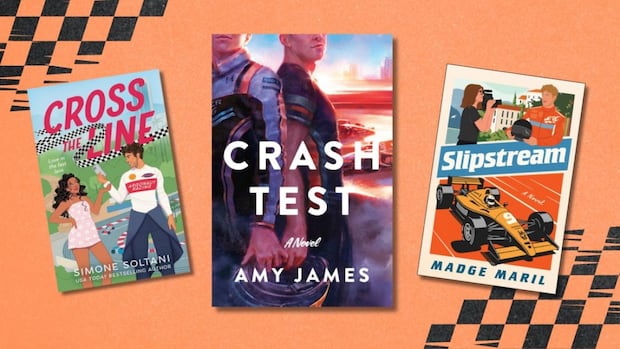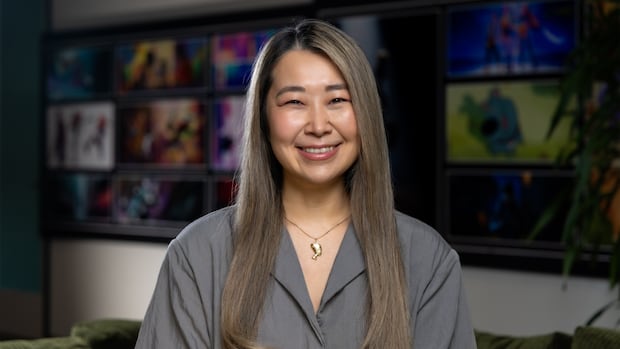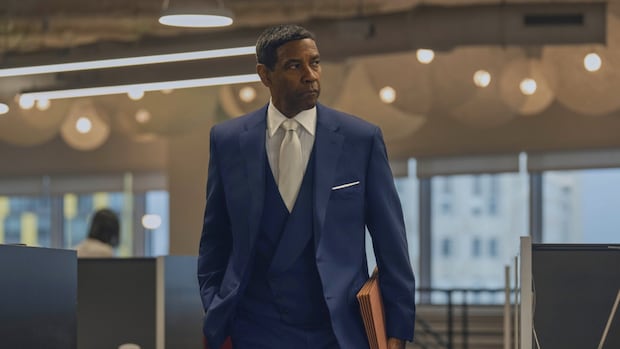There are legitimate reasons to remake a movie.
There are the remakes of old, unnoticed hidden gems — like 1999’s Scarface or 2021’s West Side Story — reinterpreted for modern audiences. There are the re-imaginings of non-English-language fare that, as in Martin Scorsese’s The Departed, still find something new to say. And then, there are remakes like O Brother Where Art Thou: wild retellings so cavalier and intentionally uninformed, they can hardly be counted as remakes at all.
The results, whether good or bad, typically wear that originality on their sleeves.
But this week’s big new release — How to Train Your Dragon — initially seems more like typical nostalgia bait than something remade for any legitimate reason.
At least, that is, before you watch it.
WATCH | How to Train Your Dragon trailer:
Granted, the Dreamworks revisit of the 2010 animated classic hews particularly close to the original: It still follows a Viking teen, Hiccup, uncovering the secretly kind heart of the mythical beasts his brethren have been slaughtering for centuries. It even features some of the same cast (Gerard Butler returns as Hiccup’s father, Stoick) and crew (composer John Powell and Canadian writer-director Dean DeBlois).
But, one would wonder, doesn’t it still have the same cold beating heart of all remakes of its type? And wouldn’t it be doomed to the same fate? Soulless and average at best — plainly boring at worst — many remakes simultaneously insult the medium of animation, while also exposing the often horrifying realities of rendering cartoonish gags photo-realistically.
Any yet, this time, one is left wondering something else: How did the new How to Train Your Dragon end up sort of … actually good?
Canadian director Dean DeBlois isn’t a fan of live-action remakes. In an interview with CBC News, he shares the careful work of translating his animated feature How to Train Your Dragon into his first live-action film.
Avoiding the missing soul
This is an uncomfortable admission for someone who can’t stop complaining about the destructive neo-tradition of remaking cartoons as live action. But the first reason this movie works may be that its director felt the same: In an interview with CBC News, DeBlois was quick to point out his own antipathy toward live-action remakes of animated movies — how “they often miss the soul.”
To avoid that, his strategy was to deliver what’s nearly a shot-for-shot remake. We are treated to a revisit so slavishly faithful that moments as small as Stoick brushing a burning ember from his cloak are recreated.
Hiccup, this time played by The Black Phone‘s Mason Thames, channels Jay Baruchel’s Chandler-esque patter to an almost uncanny degree, while cannily seeding in virtually all the same jokes. And even Toothless — the catlike “Night Fury” dragon that Hiccup befriends and eventually chaotically defends against ignorant humans, Free Willy-style — looks virtually ported over from the 2010 version.
And aside from mildly reduced expressive capabilities, that makes sense. The original’s already digitally rendered, video-game-like dragons are more or less indistinguishable when CGI-ed into our live-action Viking paradise, while DeBlois years ago told the New York Times he aimed to ape real-world cinematography with these films.
Thumpy realism
That vision lends itself to the limited benefits 2025’s version have over 2010’s: The action-first set pieces hit harder when they’re flying through the hauntingly beautiful rock spires of the Faroe Islands. And both chases and fiery fights pack an extra oomph when given the thumpy realism of, well, reality.
It all culminates in a final boss battle that effectively makes a case for the rest of the movie. Those with megalophobia, look out: Our mommy dragon here looks and feels miles more gargantuan than the original’s comparatively puny queen.
But outside that hyper-specific improvement, it’s also true this update does nothing better than the original. The few additions and changes are either too small to care about or too small to justify.
In an interview with CBC News, Canadian director Dean DeBlois shares how Mason Thames landed the role of Hiccup in the live-action remake of How to Train Your Dragon. DeBlois said Thames grew up with the character, even dressing as him for Halloween, which helped the actor understand and embody the role.
While some side characters are given slightly more backstory, it’s spread far too widely — and thinly — to do anything other than show how a less faithful reproduction could have actually found more opportunities to improve itself. There’s the now-ethnically diverse Viking tribe — proudly highlighted in Stoick’s opening monologue, then unceremoniously shunted off into the background, never to be reintroduced or talked about again.
Or the shrunken romantic subplot between Hiccup and Astrid (Nico Parker) — ostensibly changed to give room for her character to grow, only for it to get clumsily reintroduced right at the end.
Or how Snotlout (Gabriel Howell) now has a reason for his bullying: He’s trying to earn his father’s affection and pride. You’d assume this would lead to a climactic, character-driven moment where he earns his father’s adulation, instead of essentially stumbling into a largely off-screen happy ending.
Unfortunately, you’d be wrong.
Less magic to miss
Admittedly, these are minor complaints for a children’s movie that already operates leagues above its low-effort (are you paying attention, A Minecraft Movie?) contemporary fare. But it doesn’t quite answer the question: Why does a movie that’s already in English — and whose most recent sequel came out just over five years ago — need a remake that does virtually nothing to reinterpret the original?
There are various possible excuses. DeBlois’s passion for the story is clearly evident. There’s the improved action in an already action-oriented film, and we can forgive the relatively minor missteps in between.
But maybe, it’s also something a tad more pessimistic. Because as Pixar’s 3D style has come to dominate so successfully over dust-binned 2D, we have now reached the point where our animated remakes have exhausted timeless IP like The Jungle Book and Snow White, and must now draw from a decade where animated films were virtually indistinguishable from high-budget video-game cut scenes.
So, as adequate and exciting as How to Train Your Dragon is, maybe its passing grade doesn’t come from anything extra it offers. Maybe, there’s just less magic to lose.







